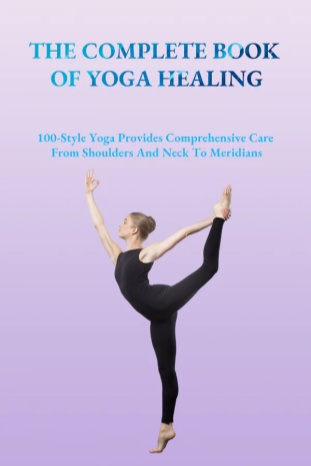Deep Breathing Meditation for Relaxation and Better Sleep
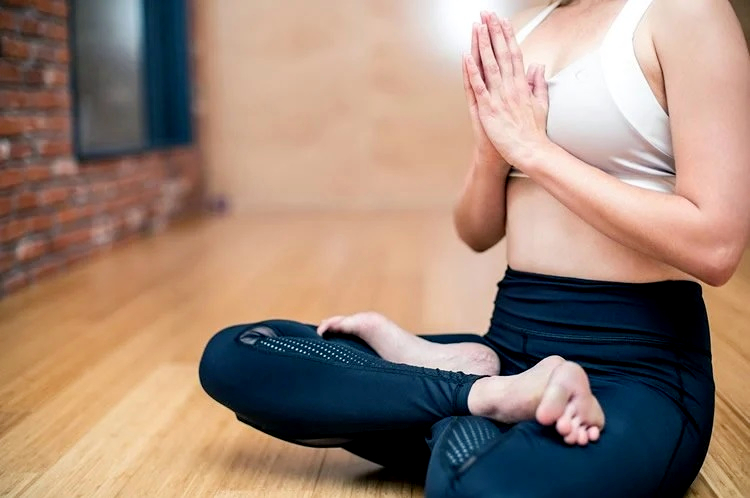 Restful sleep is elusive in today’s world of fast paced days. Anxiety, late nights, stress, overactive minds, are just a few of the things that make people stay awake at night. Deep breathing meditation has emerged as a simple yet effective tool to help quiet the mind and promote relaxation. This article explores deep breathing meditation, focusing on exercises that reduce anxiety and improve sleep quality.
Restful sleep is elusive in today’s world of fast paced days. Anxiety, late nights, stress, overactive minds, are just a few of the things that make people stay awake at night. Deep breathing meditation has emerged as a simple yet effective tool to help quiet the mind and promote relaxation. This article explores deep breathing meditation, focusing on exercises that reduce anxiety and improve sleep quality.
The Power of Deep Breathing Meditation
Deep breathing meditation involves slow, mindful breaths to calm the mind and body. Deep breathing using the diaphragm is different from shallow breathing, it activates the parasympathetic nervous system, it increases oxygen flow, and decreases stress hormones. By shifting the body into a state of relaxation, deep breathing meditation can promote mental peace, making it easier to unwind and sleep.
Research suggests breathing exercises can lower cortisol levels, improve heart rate variability, and reduce anxiety symptoms. These physiological changes support better sleep and a calmer mind, laying a foundation for improved sleep quality.
How Deep Breathing Can Reduce Sleep Disturbing Anxiety
When we’re anxious, we breathe shallowly and quickly, which is a ‘fight or flight’ response. But deep breathing does the opposite by turning on the “rest and digest” system which calms us down and decreases anxiety. Practicing deep breathing techniques can:
Lower Heart Rate: It is slow breathing that quiets the heart rate, lowers stress and puts the body to sleep.
Reduce Cortisol: Cortisol and other stress hormones interfere with your sleep patterns. Cortisol is lowered with deep breathing, and as such there is a calmer state.
Enhance Mindfulness: Deep breathing helps with awareness, taking our thoughts away from worries and bringing it to the present.
Simple Deep Breathing Exercises for Better Sleep
To benefit from deep breathing meditation, try the following exercises, each designed to reduce anxiety and prepare the mind for restful sleep.
4-7-8 Breathing Technique
There is a simple breath technique for induced calm used by everyone from Dr. Andrew Weil to business coaches recognizing the power of it. Slowing the heart rate helps reduce anxiety and promote relaxation.
How to Practice 4-7-8 Breathing:
- Take a quiet inhale, through the nose, for a count of four.
- Count to 7, holding your breath.
- Slowly and fully breathe out the mouth for a count of 8.
First, do this cycle 4 times. The great part about this though is it works very well if practiced leading up to bed, it’ll help calm the mind and the body.
Square Breathing or Box Breathing
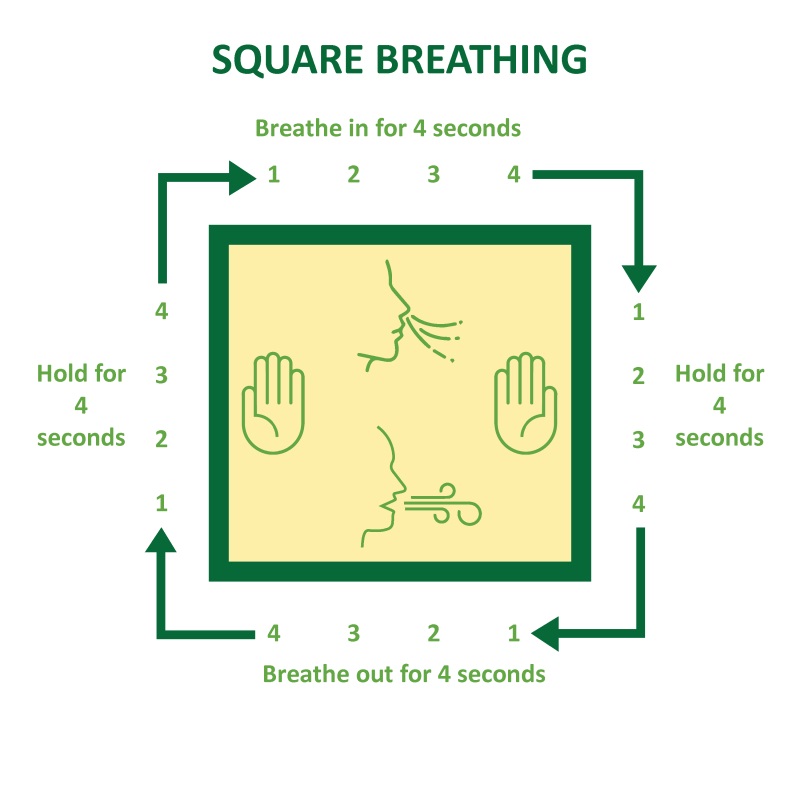
Athletes and even the military use box breathing, or square breathing, to help manage stress. In using this technique, what is focused on is a constant rhythm which produces a feeling of being stable and calm.
How to Practice Box Breathing:
- The way to do this is to inhale through your nose for a count of 4.
- Take your breath for 4 seconds.
- For a count of 4, exhale through your mouth.
- Stop and hold for 4 counts of your breath.
Do this couple of times. The heart rate gets reduced and mental clarity is increased with this method of box breathing, and it is a great tool to use before bed for calming down.
Diaphragmatic Breathing also known as Belly Breathing
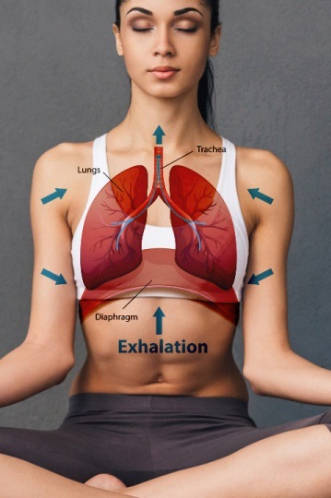
Diaphragmatic or belly breathing engages the diaphragm, increasing oxygen intake and promoting relaxation.
How to Practice Diaphragmatic Breathing:
- Place one hand on your chest, and the other on top of your belly and lie comfortably.
- You can take a deep breath through your nose and then raise your belly.
- Make yourself lower your belly, then exhale slowly through your mouth.
Do this exercise for 5 to 10 minutes. B1: Diaphragmatic breathing is good for anxiety because it unclenches muscles and sends the message to the body to relax.
Nadi Shodhana – Alternate Nostril Breathing
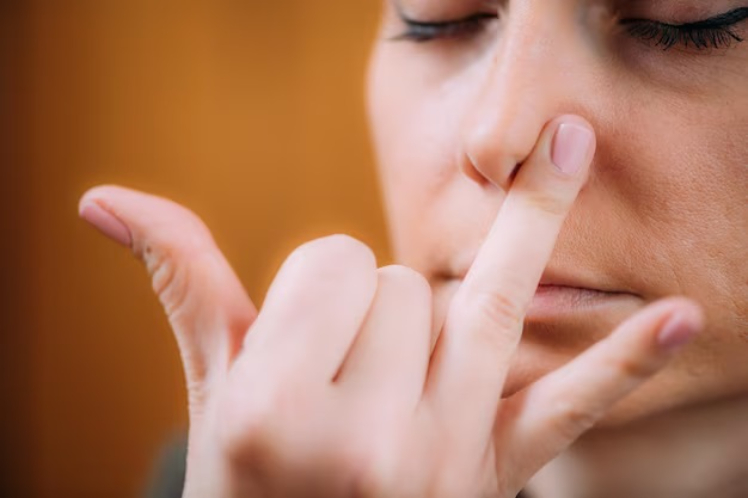
Nadi Shodhana or alternate nostril breathing is a yogic practice that helps you to maintain peace of mind and balance energy. The benefits of this technique are to help to ease anxiety and help you feel more mentally clear.
How to Practice Alternate Nostril Breathing:
- Sit comfortably, close your right nostril with your thumb.
- In your left nostril, inhale deeply.
- Close your ring finger over your left nostril, while releasing your right nostril so you can exhale.
- Using the right nostril, inhale then close it and exhale on the left.
Repeat for 5-10 cycles. Alternate nostril breathing overwhelms your nervous system, resulting in calmer stress, which is why it’s such a great practice to do before sleep.
How to Incorporate Deep Breathing Meditation into Your Routine
Adding deep breathing meditation to your bedtime routine doesn’t have to be complicated. Here are some tips to make it a consistent and practical part of your nightly ritual:
Set Aside Time: Make it a habit to breathe ten minutes at least in a day, and five to ten in the evening, so practicing your breathing technique becomes second nature to you. Its benefits get reinforced with time.
Create a Relaxing Environment: Dim the lights, play soft music, or light a candle to enhance relaxation.
Combine with Other Relaxation Practices: To deepen the relaxation effect, you can combine breathing exercises with mindfulness meditation, progressive muscle relaxation, or visualization.
Use a Guided Meditation App: Many apps provide guided breathing exercises, which can be helpful if you’re new to meditation or want additional guidance.
The Benefits of Deep Breathing Meditation for Sleep Quality
The impact of deep breathing meditation extends beyond relaxation; regular practice can bring lasting benefits to overall sleep quality.
Reduces Nighttime Anxiety
Most often responsible for insomnia are anxiety and racing thoughts. Practicing deep breathing meditation trains the mind to focus and reduce anxious thoughts. Therefore, it is simple to release your worries before bedtime.
Promotes Physical Relaxation
When the body relaxes and tension dissipates, deep breathing helps you make full rest. Physical relaxation is essential for quality sleep, as it signals to the body that it’s safe to enter a therapeutic sleep state.
Improves Sleep Architecture
Breathing exercises can improve sleep architecture—the structure of sleep stages—by encouraging deep, restorative stages. And meditation helps by calming the mind and body for a positive sleep architecture which is very important in the morning, to be feeling refreshed.
It helps Overall Mental Health
Regularly practicing deep breathing meditation is associated with a reduction in anxiety, stress, and depressive symptoms, which are all known to disrupt sleep. Better mental health means less sleep disturbances and more rest.
It improves Sleep routine consistency
A nightly routine that includes deep breathing meditation encourages stability. It helps regulate your body’s internal clock so that you can easily get to bed at the same time every night.
Conclusion
Deep breathing meditation is a simple, accessible practice that offers significant benefits for relaxation and sleep. These techniques create the perfect conditions for restful sleep by reducing anxiety and promoting physical relaxation. It doesn’t matter whether you’re stressed out or trying to enhance your sleep quality, deep breathing while you sleep can work wonders.
If you can spare a few minutes of breathing meditation a Day over time, this can really make a difference in how well you sleep and even how very calm you feel.





